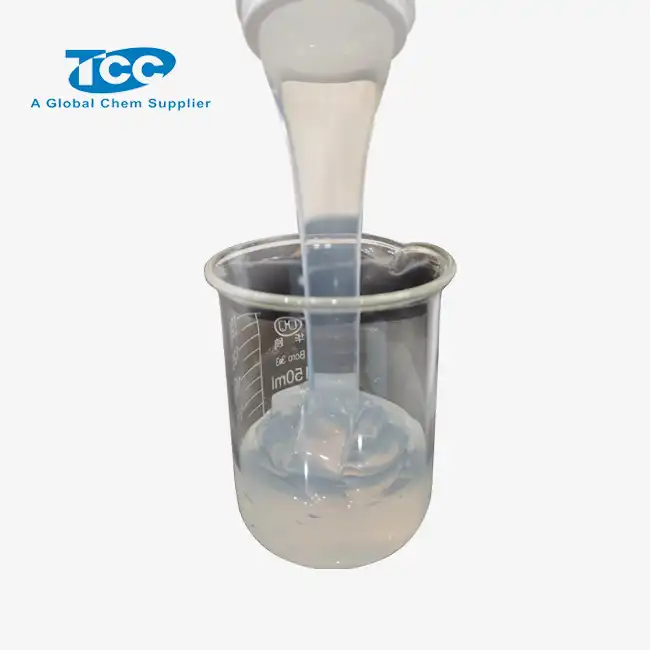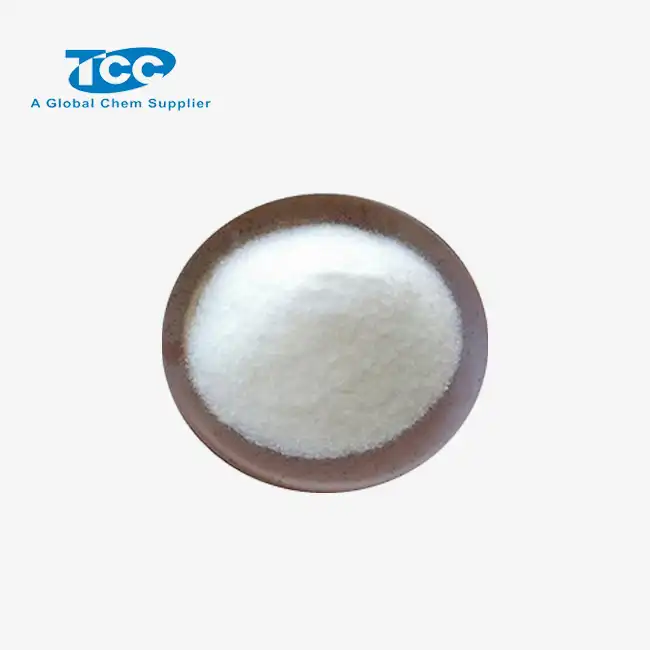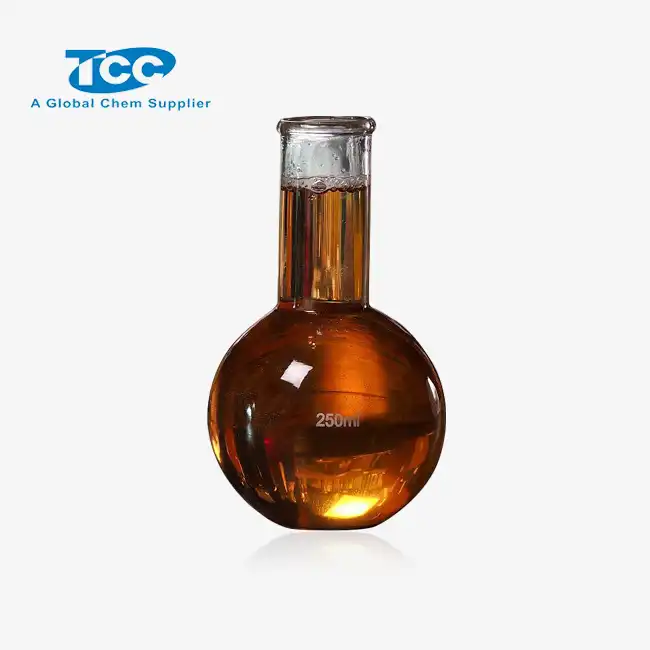- English
- French
- German
- Portuguese
- Spanish
- Russian
- Japanese
- Korean
- Arabic
- Greek
- German
- Turkish
- Italian
- Danish
- Romanian
- Indonesian
- Czech
- Afrikaans
- Swedish
- Polish
- Basque
- Catalan
- Esperanto
- Hindi
- Lao
- Albanian
- Amharic
- Armenian
- Azerbaijani
- Belarusian
- Bengali
- Bosnian
- Bulgarian
- Cebuano
- Chichewa
- Corsican
- Croatian
- Dutch
- Estonian
- Filipino
- Finnish
- Frisian
- Galician
- Georgian
- Gujarati
- Haitian
- Hausa
- Hawaiian
- Hebrew
- Hmong
- Hungarian
- Icelandic
- Igbo
- Javanese
- Kannada
- Kazakh
- Khmer
- Kurdish
- Kyrgyz
- Latin
- Latvian
- Lithuanian
- Luxembou..
- Macedonian
- Malagasy
- Malay
- Malayalam
- Maltese
- Maori
- Marathi
- Mongolian
- Burmese
- Nepali
- Norwegian
- Pashto
- Persian
- Punjabi
- Serbian
- Sesotho
- Sinhala
- Slovak
- Slovenian
- Somali
- Samoan
- Scots Gaelic
- Shona
- Sindhi
- Sundanese
- Swahili
- Tajik
- Tamil
- Telugu
- Thai
- Ukrainian
- Urdu
- Uzbek
- Vietnamese
- Welsh
- Xhosa
- Yiddish
- Yoruba
- Zulu
Classification and Application of Defoamers
In many industrial and daily - life processes, foam can cause various problems. For example, in the fermentation industry, excessive foam may lead to overflow of the fermentation broth, affecting production efficiency and product quality; in the painting process, foam in the paint can cause surface defects on the painted objects. Defoamers are substances used to eliminate or reduce foam, and they play a crucial role in a wide range of fields.
Classification of Defoamers-Organic Silicon Defoamers
Composition and Structure
Organic silicon defoamers are mainly composed of polysiloxanes, such as dimethyl polysiloxane. The silicon - oxygen bond in their structure has a relatively low surface energy, which enables them to spread easily on the surface of the foam.
They often contain hydrophobic groups like methyl groups attached to the silicon atoms, enhancing their ability to interact with the air - liquid interface of the foam.
Properties
Organic silicon defoamers have excellent defoaming efficiency. They can quickly break the foam film and eliminate foam.
They are highly temperature - resistant, able to maintain their defoaming performance at high temperatures, which makes them suitable for applications in high - temperature processes such as oil refining and some chemical reactions.
They also have good chemical stability and are not easily affected by the chemical environment of the system, so they can be used in a variety of acidic, alkaline, and neutral media.
Polyether Defoamers
Composition and Structure
Polyether defoamers are composed of polyether polymers, which are usually synthesized from ethylene oxide (EO), propylene oxide (PO), and other monomers. The different ratios of EO and PO can adjust the properties of the polyether defoamer.
For example, if the content of EO is relatively high, the polyether defoamer may have better hydrophilicity, while a higher PO content can increase its hydrophobicity.
Properties
Polyether defoamers have good solubility in many organic solvents and aqueous solutions. This solubility allows them to disperse evenly in the foaming system, improving their defoaming effect.
They are relatively inexpensive compared to some other types of defoamers, which makes them popular in large - scale industrial applications.
They can be adjusted to have different degrees of foam suppression and antifoaming performance according to the specific requirements of the application, making them versatile.
Mineral Oil - Based Defoamers
Composition and Structure
Mineral oil - based defoamers are mainly composed of mineral oils, which are hydrocarbons derived from petroleum. They may also contain some additives such as surfactants and hydrophobic silica particles.
The surfactants in the mineral oil - based defoamers help to reduce the surface tension of the mineral oil, enabling it to spread on the foam surface more effectively, while the hydrophobic silica particles can disrupt the foam film.
Properties
Mineral oil - based defoamers are relatively gentle in action and are suitable for applications where the system is sensitive to strong - acting defoamers.
They are often used in food - related industries because they are generally considered safe for use in contact with food products.
However, their defoaming efficiency may be lower compared to organic silicon and some polyether defoamers in some cases.
Natural - Product - Based Defoamers
Composition and Structure
Natural - product - based defoamers are derived from natural sources such as plant extracts (e.g., vegetable oils) and animal fats. For example, some defoamers are made from soybean oil or castor oil.
These natural substances contain fatty acids and esters, which can interact with the foam to achieve defoaming effects.
Properties
They are biodegradable, which is an advantage in applications where environmental friendliness is a concern, such as in some wastewater treatment processes.
They are also generally non - toxic and can be used in applications where contact with living organisms or the environment is involved. But their performance may be affected by factors such as the quality and origin of the natural raw materials.
Applications of Defoamers
In the Food Industry
Beverage Production
In the production of carbonated beverages, foam can cause problems during bottling and packaging. Defoamers are added to control the foam, ensuring a smooth filling process. For example, polyether defoamers or mineral oil - based defoamers are often used as they are safe for food contact.
In the brewing industry, foam control is also crucial. During the fermentation process of beer, excessive foam can lead to loss of raw materials and affect the fermentation environment. Organic silicon defoamers are sometimes used at appropriate stages to regulate foam levels without affecting the taste and quality of the beer.
Food Processing
In the production of dairy products like milk powder, foam can occur during evaporation and spray - drying processes. Defoamers help to improve the efficiency of these processes and ensure the quality of the final product. Natural - product - based defoamers are preferred in some dairy applications due to their natural and non - toxic properties.
In the Chemical Industry
Paint and Coating Manufacturing
Foam in paint can cause defects such as pinholes and craters on the painted surface. Organic silicon defoamers are widely used in paint formulations as they can effectively eliminate foam during the mixing, storage, and application of paint. Their high temperature resistance is also beneficial when the paint is cured at high temperatures.
In the production of adhesives, defoamers are added to prevent foam formation, which can affect the bonding strength and quality of the adhesive. Polyether defoamers are often used in adhesive formulations due to their good solubility and cost - effectiveness.
Petrochemical Processes
In oil refining, foam can form during processes such as distillation and cracking. Organic silicon defoamers are used to control foam, as they can withstand the high temperatures and harsh chemical environments in the refinery. They help to improve the efficiency of separation processes and prevent equipment fouling caused by foam.
In the Textile Industry
Dyeing and Finishing
During the dyeing process of textiles, foam can prevent the uniform penetration of dyes, resulting in uneven coloration. Defoamers are added to the dye bath to eliminate foam. Mineral oil - based defoamers are commonly used as they can work well in the aqueous dyeing solutions and do not affect the colorfastness of the dyed textiles.
In textile finishing processes, such as the application of softeners and water - repellent treatments, foam control is also important. Polyether defoamers can be used to ensure the smooth application of these finishing agents.
In the Wastewater Treatment Industry
Activated Sludge Process
In wastewater treatment plants that use the activated sludge process, foam often occurs due to the presence of surfactants and organic matter in the wastewater. Natural - product - based defoamers or polyether defoamers are used to control foam. Natural - product - based defoamers are favored because of their biodegradability, which is in line with the environmental - friendly requirements of wastewater treatment.
The defoamers help to maintain the normal operation of the treatment process, prevent the overflow of foam from the treatment tanks, and improve the treatment efficiency of the wastewater.
Conclusion
Learn about our latest products and discounts through SMS or email



